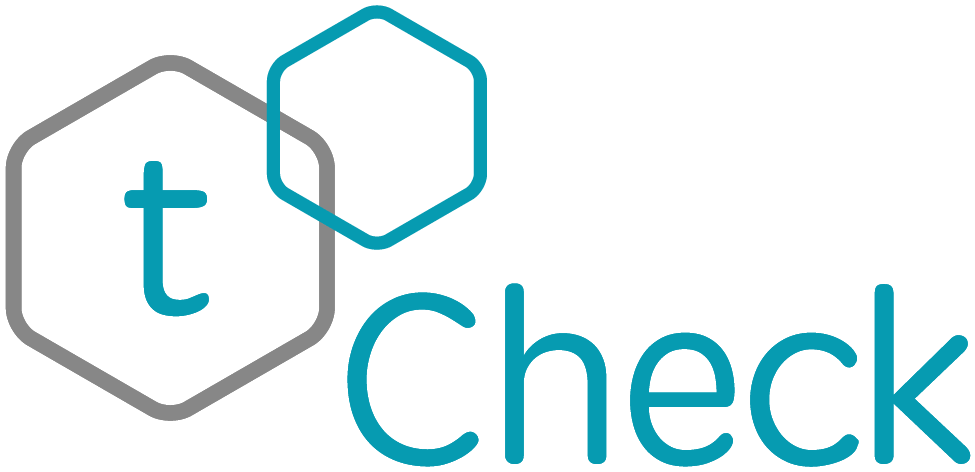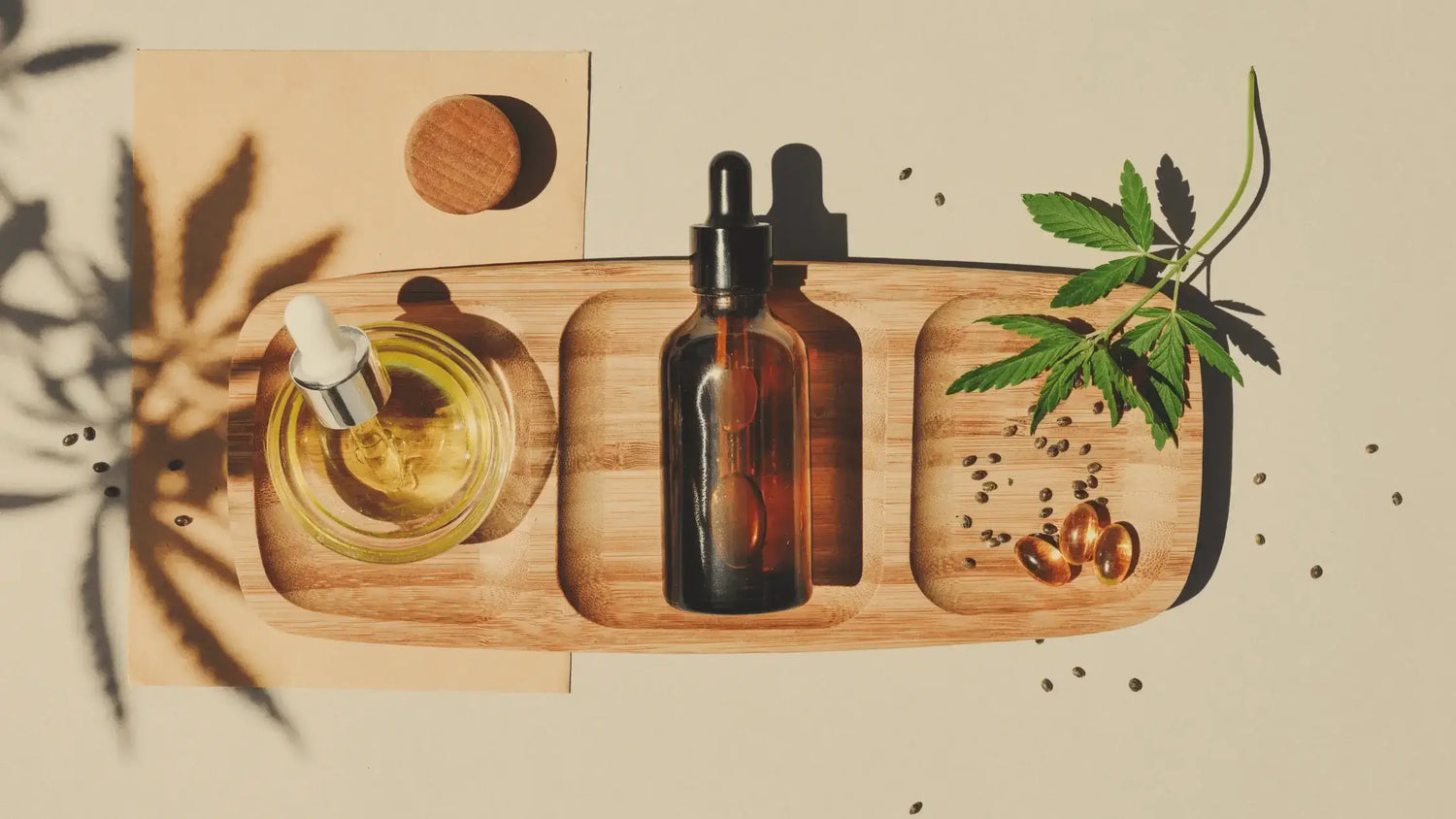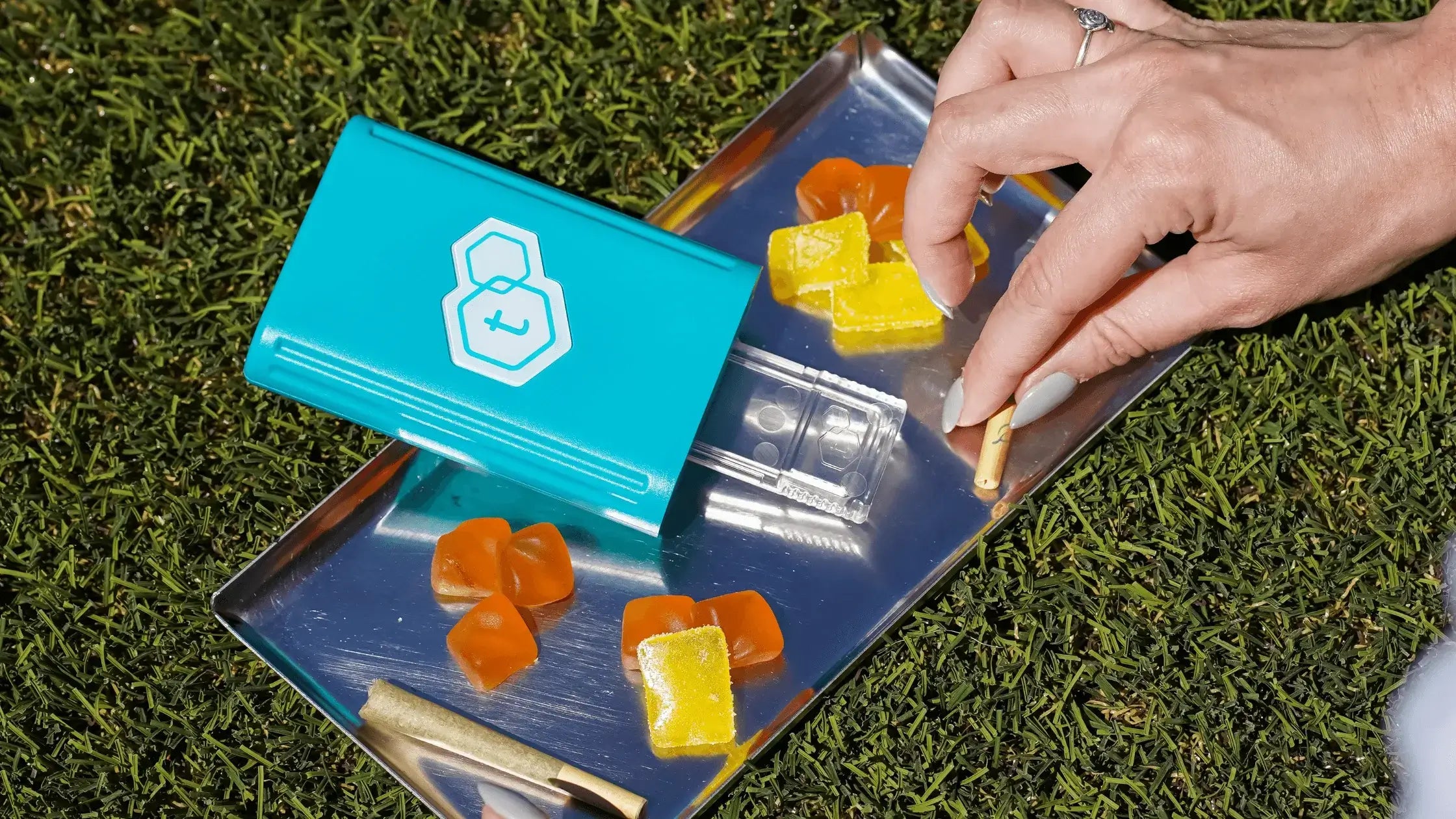DIY cannabis tinctures are making a comeback — and for many good reasons! These traditional alcohol-based extracts pack a considerable punch without aggravating your lungs. Medical marijuana patients also love how easy it is to store, dose, and discreetly use their weed tinctures.
Best of all, it’s easy to DIY cannabis tinctures at home. As long as you have some fresh cannabis nugs, high-proof alcohol, a THC potency tester, and a few everyday household items, you can DIY your first cannabis tinctures in no time.
Why Do People Make DIY Cannabis Tinctures?
First off, you may be asking why people would go through the trouble of making a DIY cannabis tincture. After all, wouldn’t you get better results by simply grinding and smoking marijuana nugs?
While it’s true that smoking cannabis delivers high-intensity effects, joints and vaporizers aren’t the best options for every cannabis consumer. Most notably, people with pre-existing lung conditions can’t use smokable delivery methods. Cannabis tinctures deliver a comparable level of potency without cough-inducing side effects.
Cannabis tinctures are also far easier to dose and store than cannabis flowers. If you keep them well-sealed in a cool, dark place, these tinctures should last for years. Plus, since you measure each tincture in a standard dropper, it’s easy to make conversions between cannabinoid potency and total milliliters.
Another benefit of using cannabis tinctures is their discretion. Even if you take your DIY cannabis tincture sublingually, it’s easy to conceal it “in plain sight.” Also, since these tinctures are so versatile, you could easily hide your cannabinoids in homemade sauces, edibles, or dinner recipes.
So, even if you don’t like taking cannabis tinctures directly, you should have an easy time working them into your routine.
[Bonus Tip: What's the Average Shelf Life of Cannabis Edibles?]
What’s The Easiest Way To Make A DIY Cannabis Tincture?
There are dozens of strategies to make the “best” cannabis tincture, but most techniques involve the same six simple steps.
Step One: Gently Heat Up Your Weed
Unfortunately, it’s common for new cannabis users to neglect decarboxylation before making their first tincture. If you don’t decarb your weed before mixing it with alcohol, you will not experience the high-potency effects associated with THC or CBD.
Instead, tinctures with non-decarbed weed will only have inactive THC-A or CBD-A compounds. While both of these cannabinoids may have medicinal uses, they don’t produce the profound effects associated with activated cannabinoids.
OK, so what do we mean by “decarboxylation?” Well, this word refers to a chemical change that occurs when you apply heat to a substance. In the case of cannabis, decarboxylation means changing inactive acidic cannabinoids into the active cannabinoids.
The simplest way to decarb weed is to place your buds in an oven at 225° F for about 60 minutes. Afterward, take your crispy nugs out of the oven and allow them to cool for 20 minutes before grinding them.
If you’d like more detailed instructions on decarboxylation, you have to check out this previous tCheck post.
Step Two: Submerge Your Weed In Alcohol
Now that you’ve got ground decarbed weed, it’s time to add these nugs into a mason jar with high-proof alcohol. You could use any clear food-safe alcohol in this recipe, but high-proof brands like Everclear will extract more cannabinoids from your weed. If possible, many cannabis fans recommend a minimum of 190-proof alcohol.
Just remember we’re talking about “food-safe” alcohols. Never use isopropyl alcohol in these recipes!
How much alcohol you put in your tincture depends on your potency preferences. The less alcohol you put in, the more potent your cannabinoids will be. For a moderate experience, some cannabis experts recommend 750 mL of alcohol per ounce of cannabis. However, you only need enough alcohol to submerge the cannabis in your jar.
Please be sure to measure out your alcohol and weigh your cannabis before mixing the two together. Keep detailed notes of these ratios as they will help you calculate the potency of your tincture later on.
Step Three: Seal, Shake, And Label Your Mason Jar
 After you put your cannabis and alcohol in a mason jar, seal the lid and start shaking! Try to shake for at least one minute for the best results. Once the alcohol and cannabis are well-incorporated, you could put a piece of masking tape across your jar and write the date and the cannabis strain you used.
After you put your cannabis and alcohol in a mason jar, seal the lid and start shaking! Try to shake for at least one minute for the best results. Once the alcohol and cannabis are well-incorporated, you could put a piece of masking tape across your jar and write the date and the cannabis strain you used.
Place your cannabis tincture in a reliably cool and dark place as you wait for the cannabis to infuse. You should also set a reminder on your phone to shake your cannabis tincture once per day for about 30 seconds.
Step Four: Wait As Long As Possible
If you want a super-potent cannabis tincture, you need to have patience. Some cannasseurs don’t touch their cannabis tinctures for months or even one year before using it. It pays to give the alcohol time to strip away all those precious cannabinoids.
Try to wait at least 20 days before you consider straining your cannabis tincture. While this isn’t a “rule,” giving your tincture about a month will dramatically enhance its effectiveness.
Step Five: Strain Out Your Cannabis Mixture
The final step to making a DIY cannabis tincture is to strain it into a glass tincture bottle. Many people use coffee filters for their purpose, but a nut milk bag also does the trick. You should strain your new cannabis tincture into a measuring cup with a spout. From here, carefully pour the tincture into your glass bottle and seal with a dropper.
Step Six: Test Your DIY Tincture With tCheck Potency Tester
There are dozens of variables that influence the final result of your cannabis tincture. Right off the bat, your cannabis strain will affect the quality of your experience. Other factors that significantly alter your tincture include the type of alcohol you choose, how long you decarb your weed, how much alcohol you use, and how long you wait to strain your mix.
Even though it may seem impossible to figure out the potency of your tincture, devices like tCheck’s potency tester can give you a clear glimpse into your tincture’s cannabinoid count. All you have to do is load a tiny sample of your tincture into the device and wait for a reading. It’s truly that simple!
Do I Really Have To Wait A Month Before Using DIY Tinctures?
You should wait about one month if you want a high-potency cannabis tincture. However, we understand some patients may need cannabis relief ASAP. If you’re pressed for time, you could strain your cannabis tincture a few minutes after making it.
However, if you’re going to strain your cannabis tincture right away, you should shake the sealed mason jar for at least three minutes. While a “three-minute tincture” will never be as potent as a one-month-old tincture, it could suffice if you don’t mind weak effects.
Wait, Won’t Alcohol-Based THC Tinctures Just Make Me Drunk?
Some people get turned off by THC tinctures because they rely on alcohol. However, most tincture bottles aren’t as large as a standard shot glass. Plus, since you never take the whole tincture bottle in one sitting, it’s unlikely the alcohol in these tinctures will overwhelm you.
Still, if you’re uncomfortable using high-proof alcohol as a solvent, you could research cannabis infusions. For instance, some people enjoy mixing decarbed weed with food-safe oils like extra virgin olive oil, coconut oil, or MCT oil. A few DIYers also use glycerin as a substitute for alcohol.
While these alcohol alternatives work, they won’t pull as many cannabinoids as alcohol does. Please be prepared for a less intense experience versus alcohol-based cannabis tinctures.
Is It Possible To Make CBD Tinctures At Home?
CBD fans could use all the tips above to make a non-intoxicating CBD tincture at home. Just be sure you’re starting with a hemp strain that has reliably high CBD concentrations. You could also use a marijuana strain like Cannatonic that has a high CBD-to-THC ratio.
Making Your First Weed Tincture? tCheck’s THC & CBD Potency Tester Can Help!

Besides waiting, the most challenging part of making a cannabis tincture is testing it. In the past, cannabis fans would have to “guesstimate” the potency of their pot potions and hope for the best.
Now that there are devices like the tCheck potency tester, you can get a precise reading on the potency of your cannabis tincture. Having a tCheck tester nearby is indispensable if you need to know the dominant cannabinoid in your tincture and other cannabis products.











